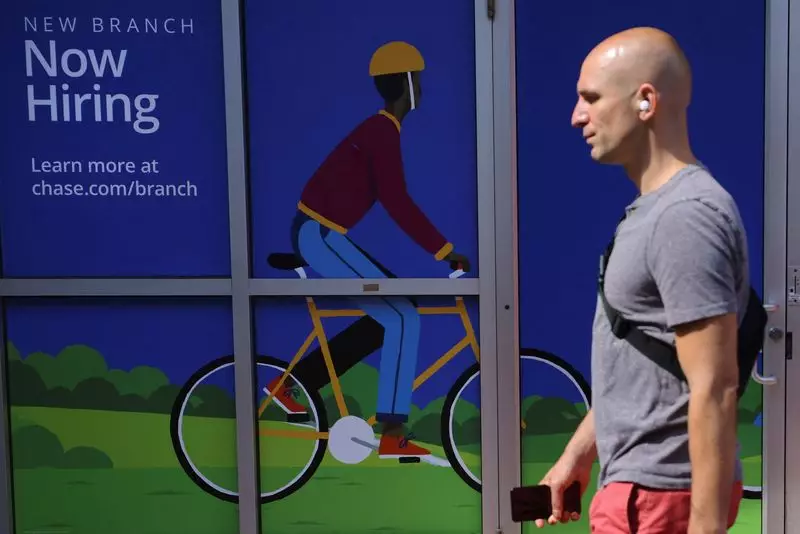The recent data on U.S. job growth in July has sparked concerns about the health of the labor market. With job growth slowing more than expected and the unemployment rate increasing to 4.3%, there are fears that the economy may be becoming vulnerable to a recession. Nonfarm payrolls increased by 114,000 jobs last month, falling short of the expected 175,000. This slowdown in job creation could indicate underlying issues in the labor market.
The impact of Hurricane Beryl on the below-expectations payrolls gain cannot be ignored. The storm disrupted power in Texas and affected parts of Louisiana during the survey week, potentially contributing to the slowdown in job growth. While the labor market was already showing signs of weakness, external factors such as natural disasters can further exacerbate the situation and hinder economic recovery.
The Federal Reserve’s interest rate hikes in 2022 and 2023 are also playing a role in the slowing labor market. The low hiring rates are a result of the dampened demand caused by the Fed’s monetary policy. The recent data showing a drop in hires to a four-year low in June suggests that businesses are becoming more cautious about expanding their workforce. This cautious approach could further stifle job creation and economic growth.
While average hourly earnings rose slightly in July, the year-on-year wage growth of 3.6% was the smallest gain since May 2021. Despite remaining above the Fed’s target range for inflation, the moderation in wage growth could indicate a softening demand for labor. This trend, coupled with the overall slowdown in job creation, raises concerns about the sustainability of economic expansion.
The latest employment report has fueled speculation about a rate cut from the U.S. central bank in September. The rise in the unemployment rate for the fourth consecutive month has added to the uncertainty surrounding the economic outlook. As fears mount over the durability of the economic expansion, policymakers may need to consider further intervention to support job growth and overall economic stability.
The recent data on U.S. job growth highlights the challenges facing the labor market and the economy as a whole. With a slowing pace of job creation, rising unemployment rates, and concerns about wage growth and inflation, there are valid reasons to be cautious about the future. It is crucial for policymakers to closely monitor these trends and take appropriate actions to mitigate the risks of a potential downturn.

